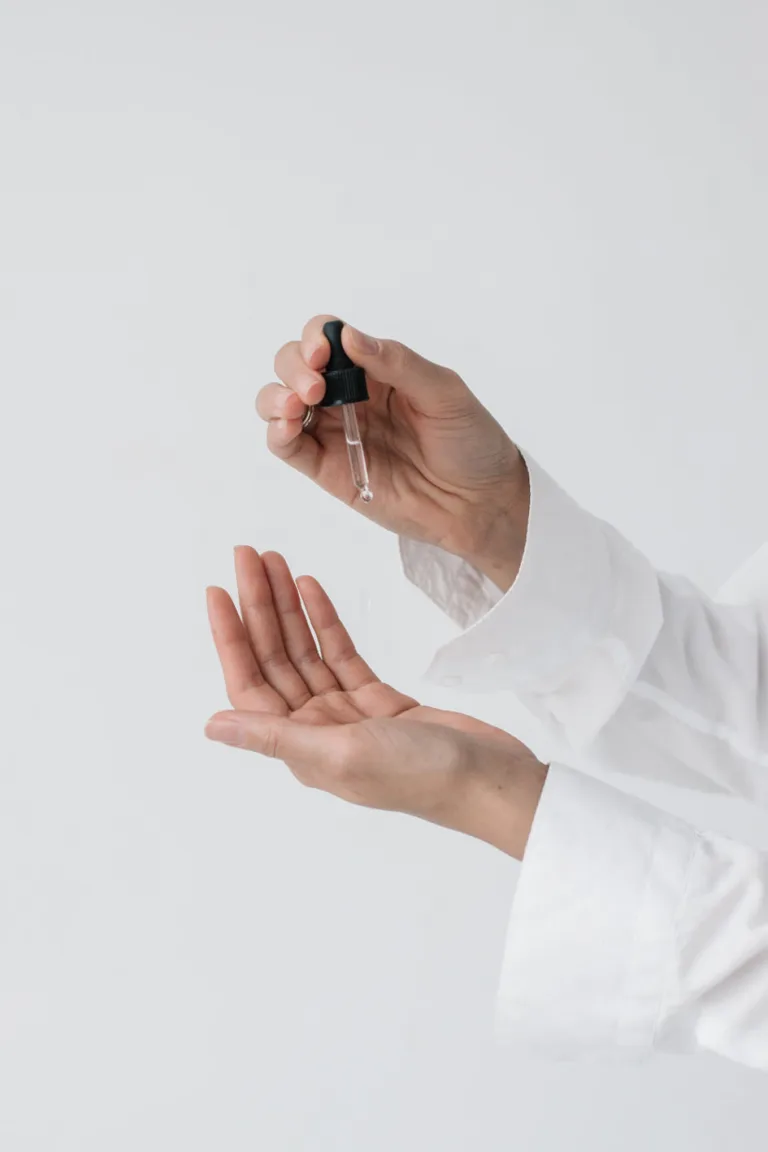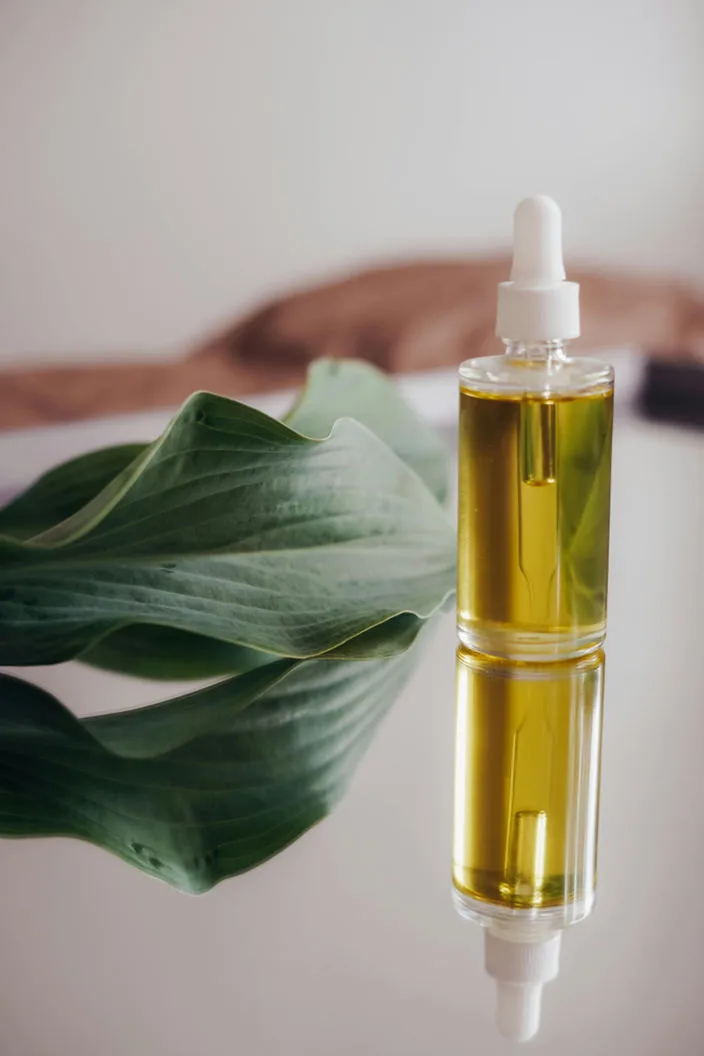As the winter season approaches, it’s crucial to adapt to a winter skincare routine to combat the challenges posed by cold weather.
Switching Up Your Winter Skincare Routine is essential to ensure your skin remains healthy and radiant despite the harsh conditions.
It’s time to adjust your skincare routine to combat the winter chill and keep your skin healthy and radiant.
Dermatologists recommend some simple swaps and additions to ensure your skin stays happy during the colder months.

Your winter wardrobe isn’t the only thing that needs a seasonal switch-up. As the temperatures drop and cold winds blow, your skin can suffer from dryness, sensitivity, and irritation.
1. Start your Winter Skincare Routine with Gentle Cleansing
In Your Winter Skincare Routine, the first step is to transition to a milder cleanser. While foaming and salicylic acid-based cleansers may have served you well in warmer seasons, they can be too harsh for the winter months. These cleansers often contain sulfates that can exacerbate dryness. Instead, opt for cleansing balms, oils, or creams. These alternatives effectively cleanse your skin without compromising its hydration, preserving the skin barrier.
2. Incorporate a Gentle Exfoliator
Don’t skip exfoliation. Gentle exfoliation remains vital, even in the colder months. It helps remove dead skin cells that accumulate due to dry winter air, giving your skin a healthy glow and enhancing the absorption of moisturizers. However, it’s crucial not to overdo it. Exfoliating too frequently can disrupt your skin’s outer layer, resulting in dryness and irritation. Begin by exfoliating once a week and gradually increase to twice weekly if your skin can tolerate it.
3. Limit Shower Time and Temperature
In Your Winter Skincare Routine, be mindful of your shower habits. While a hot bath might be tempting in the cold, it can strip your skin of its natural moisture, leaving it even drier. Opt for shorter, lukewarm showers—no more than once a day. After your shower, when your skin is still damp, apply a rich moisturizer to lock in hydration. You may need to use more moisturizer than you would in the summer to keep your skin well-hydrated.
4. Upgrade your Winter Skincare Routine with a Cream-Based Moisturizer
Hydration is the key. Light lotions may have sufficed during the summer, but as temperatures drop, focus on emollients and occlusives to maintain skin moisture. Look for a moisturizer that combines these components, as they help retain moisture and protect your skin. Even in winter, you can find non-comedogenic options that won’t lead to breakouts.
5. Master the Art of Layering
In Your Winter Skincare Routine, think of layering as you would layer clothing to stay warm. Applying skincare products in layers allows you to address multiple skin concerns simultaneously. Start with the lightest products, such as toner, then move on to serums, and finish with moisturizer. Look for ingredients like ceramides, hyaluronic acid, niacinamide, bakuchiol, and botanical oils to soothe inflammation, restore hydration, and fortify the skin barrier.
6. Don’t Neglect Sunscreen even in your Winter Skincare Routine
UV damage is a year-round concern, even in winter. Snow can reflect UV light, increasing the risk of sunburn. Therefore, it’s crucial to apply a broad-spectrum SPF to shield your skin from potential UV damage, even on cloudy winter days.
7. Embrace Overnight Masks
In Your Winter Skincare Routine, consider adding overnight masks as the final step of your nighttime regimen. These masks help lock in the benefits of serums, creams, and oils, sealing in hydration. Overnight masks are particularly valuable in winter as they combat declining skin hydration levels that occur overnight. For those in dry indoor environments, using a bedside humidifier can further preserve moisture.
By incorporating these dermatologist-recommended skincare tips and making these adjustments in Your Winter Skincare Routine, you can ensure your skin remains healthy, hydrated, and radiant throughout the cold season. Remember to monitor how your skin responds and customize your routine accordingly.

The Fast 5 Steps
1. STEP: CLEANSE Use a sulfate and phthalate-free cleanser with warm water to avoid skin dryness.
STEP 2: SERUM Apply a hydrating serum with Hyaluronic Acid to draw in moisture.
STEP 3: MOISTURIZER Lock in hydration with a suitable moisturizer for your skin type.
STEP 4: FACE OIL Seal in moisture and enhance your skin barrier with a nourishing face oil.
STEP 5: SPF Finish your morning routine with SPF to protect your skin from harmful UV rays.
Extra: Gua Sha Routine with Face Oil Pamper your skin with Gua Sha using generous face oil for a soothing and rejuvenating experience.
8. Tailor Your Winter Skincare Routine to Your Skin Type
In crafting your Winter Skincare Routine, it’s vital to consider your skin type and its specific needs. As highlighted in our guide to “Uncover Your Skin Type”, understanding your skin’s unique characteristics is the first step in selecting the right products. Whether you have oily, dry, combination, or sensitive skin, the winter skincare tips mentioned earlier can be tailored to suit your individual skin type. For instance, those with oily skin may benefit from lighter, oil-free moisturizers, while individuals with dry skin should opt for richer, more emollient formulas.
9. Stay Consistent and Patient
Transitioning to a new skincare routine can take time for your skin to adjust. It’s essential to remain consistent and patient in Your Winter Skincare Routine. Give your skin several weeks to adapt to the changes, and don’t be discouraged by minor fluctuations or temporary dryness. Your skin’s health and appearance will likely improve as it acclimates to the winter skincare regimen.
10. Stay Hydrated and Nourished from Within
Your winter skincare routine shouldn’t focus solely on external products; what you consume also plays a significant role in your skin’s health. Ensure you stay well-hydrated by drinking plenty of water throughout the day. Additionally, incorporate foods rich in essential fatty acids, antioxidants, and vitamins into your diet. These nutrients can help support your skin’s natural barrier function and overall vitality.
11. Consult a Dermatologist
If you’re unsure about the best products or practices for your skin, consider consulting a dermatologist. A professional assessment can provide valuable insights into your skin’s specific needs and any underlying concerns. Dermatologists can recommend personalized skincare routines and products tailored to your skin type, ensuring you achieve the best results during the winter months.
So, in conclusion, adapting your skincare routine for winter is crucial to maintain skin health and appearance. By following these dermatologist-recommended tips and tailoring your Winter Skincare Routine to your skin type, you can keep your skin hydrated, comfortable, and glowing even in the coldest weather. Remember to stay consistent, nourish your skin from within, and seek professional advice when needed to achieve your desired winter skincare results.






